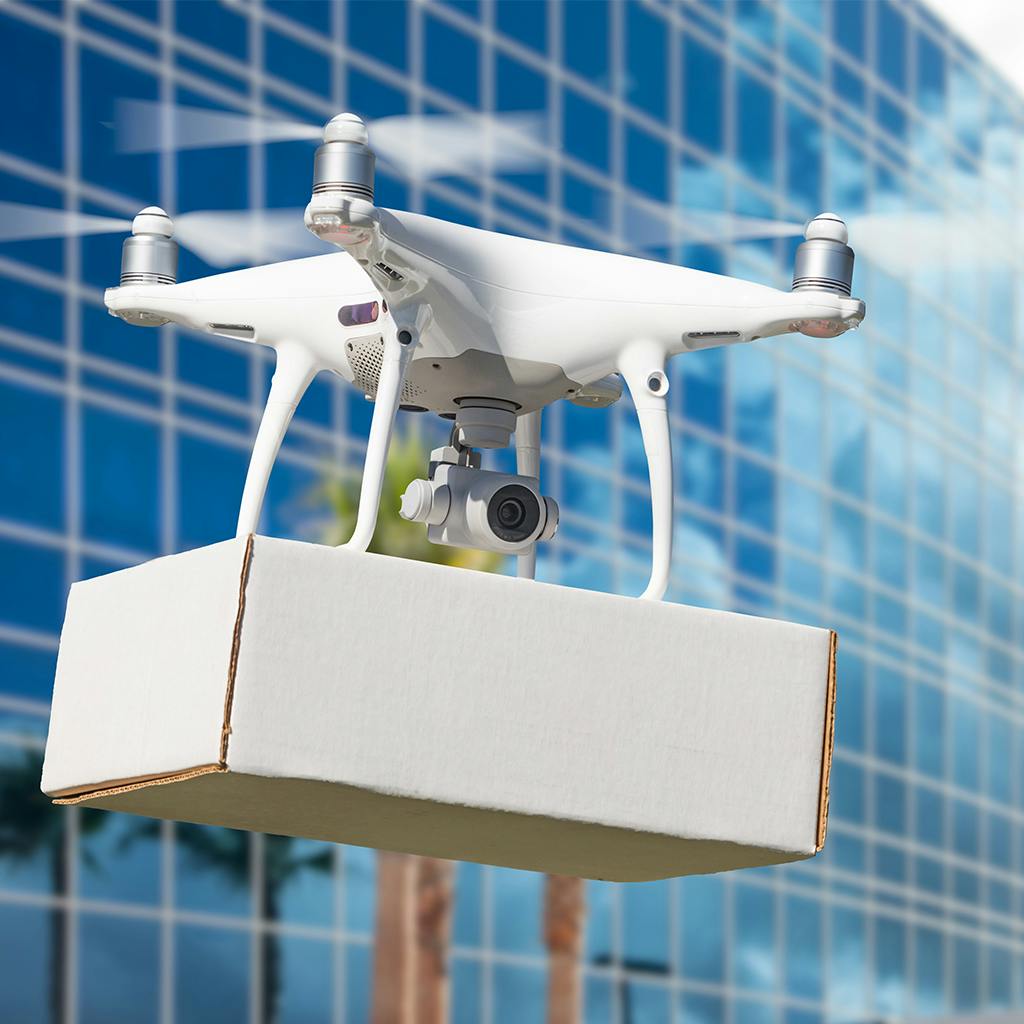June 2024
Press Release: Dumb drones set to become smart with a world first in navigation technology

Demand for commercial drones is growing dramatically — from an estimated $19.9 billion in 2022 to a projected $57 billion in 2030. And the Autonomous Vehicle (AV) market is projected to grow to more than $13 trillion by 2030. But one of the key challenges for drone and AV manufacturers continues to be finding more-accurate and lower-cost navigational sensors that are essential to enabling this growth.
Drones and AV’s rely on sensor technology to navigate. Until recently, much of the technical work on AV navigation has focused on a blend of sensors that have critical limiting factors. Camera, radar, and lidar sensors are all limited by advancements in computer perception, with a huge need for redundancy due to environmental conditions – such as the risk of fog or dirt covering one or more sensors. Another technical challenge is that many types of drones and AV’s must operate in demanding and/or hostile environments where GPS is denied and extreme accuracy is essential.
Now a Quebec-based company has developed an inertial optical system that matches the accuracy of navigational sensors used in the aerospace industry at a fraction of the cost. And because these chips do not have any moving parts, they are 10 times more accurate than commercial-grade Micro-Electro-Mechanical Systems Inertial Measurement Units (MEMS IMUs) and they enable highly accurate navigation even when GPS signals are not available.
The company behind this new technology, Montreal-based One Silicon Chips Photonics (OSCP), has partnered with French multinational company Thales, which is developing autonomous rail systems and has been testing OSCP’s prototype in the field. Using sensors like OSCP’s in rail transport will increase vehicle autonomy which — along with moving block signaling — has the potential to increase rail capacity by up to 50% and cut energy consumption by 15%, according to Thales.
In addition to rail transport and military applications, drones and AV’s are also increasingly being used in agriculture, mining, mapping and survey work, as well in trucking, delivery and other transport industries.
OSCP has recently secured $1.2 million in seed funding from 7percent Ventures and 2050 Capital, which will allow it accelerate its growth. This funding supplements earlier grants to OSCP totalling $4.2 million from Sustainable Development Technology Canada (SDTC), Next Generation Manufacturing Canada (NGen) and from Ministère de l’Environnement, under the Technoclimat program. Central to funding has been the potential of the technology to reduce greenhouse gas emissions in autonomous transport as compared with conventional technologies.
“This $5.4M in total funding will allow us to expand our sales and development team and expedite the commercialization of our sensors,” said Kazem Zandi, OSCP’s founder & CEO.
“The enabling technologies for AV’s – sensors, chips, and other hardware – are often overlooked when it comes to investment and innovation,” said Harry Morgan of 7percent Ventures. "We believe that the technology that Kazem and OSCP have developed will be vital in facilitating and accelerating the rate at which autonomous systems, across transport and mobility, can realize their potential.”
“The road to full autonomy requires fundamental innovation in navigation, not more sensors and workarounds. OSCP delivers a blend of precision, reliability, and cost-effectiveness in an integrated photonic chip,” said Cornel Chiriac, Founding Partner of 2050 Capital. “OSCP technology paves the way for mass adoption of autonomous systems and unlocks innovation across both existing enterprises and ambitious startups that need these crucial building blocks for their own visions of autonomy.”
